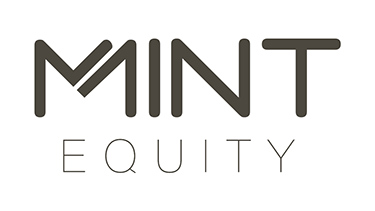As 2015 draws to a close there is little doubt that we are experiencing a slowing in house prices but that doesn’t mean it’s time to panic. A slowdown does not always equal a subsequent crash and that’s especially true of the climate in Australia right now.
The recent unrelenting and extraordinary rise in Sydney house prices is coming to an end and that causes us to look forward to try and predict what the next few years will hold for house buyers and residential investors.
We know that bad news sells and we currently have a glut of analysts and financial commentators spruiking the most dire of predictions (it gets great media coverage) but are these doom and gloom forecasts based on anything substantial? There have been policy changes in relation to bank capital requirements which has caused in increase in funding costs; a cost which will eventually be passed along to mortgage holders in higher interest rates. There has also been a tightening of lending criteria for investors and a certain risk of an oversupply as the housing construction boom continues. And we must not forget the high levels of household debt. These issues are all valid concerns and cause some to predict a price collapse when an unforeseen event occurs, leading to the possibility of steep interest rate rises. But these predictions do overlook some key factors that should ensure that the looming house price weakening is restrained and measured; not a price collapse or property crash.
We must keep in mind that the Government and the Reserve Bank policy makers have been hoping for a weakening of house price growth. While it does add to risk, economic and market instability and impacts upon affordability (usually for buyers undertaking their first home upgrade and first home buyers) it is a calculated move.
Over the next few years the housing construction boom is expected to top out which should limit any excess supply in the housing market. Australian Bureau of Statistics (ABS) data shows that residential building approvals peaked in March 2015 and has been trending downwards since. The oversupply of housing as a dampener on Australian house prices should have run its course within the next 12 months.
ABS - Building Approvals, Australia, Oct 2015
Traditional causes of a property crash in other countries include a severe tightening of credit conditions, bank failures, sharp increase in unemployment, rising interest rates or massive over building are not on the radar for Australia so the signs look good for a house price moderation rather than a crash. In fact, Australia has not had a house price crash in more than 100 years.
Whilst Sydney house prices have increased by almost 30% since 2012, it is not in an extreme bubble risk category. Properties are significantly overvalued in some suburbs and this suggests that investors should exercise caution in order to achieve medium to long term price appreciation. Now, more than ever, we recommend seeking out expert advice before investing in property. Particularly because lending changes will have an even bigger impact on successful purchasing than 12 months ago.
The general expectation is that Australia house price growth should slow to around zero during 2016 and remain weak at + or – 5% for a few years after that. Sydney house prices and some specific areas of the country may experience a price fall but overall the conditions look right to actually help affordability over the mid-term as incomes continue to grow.


